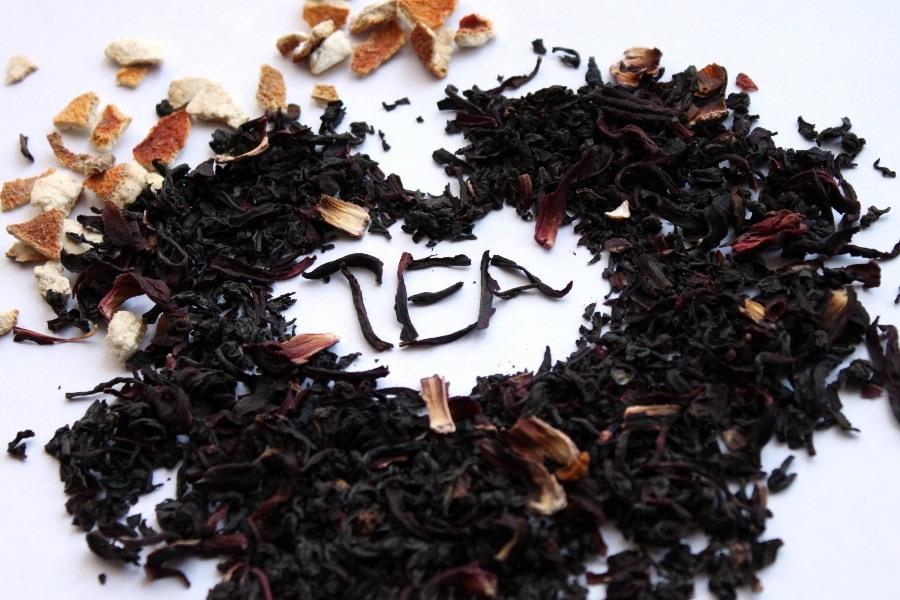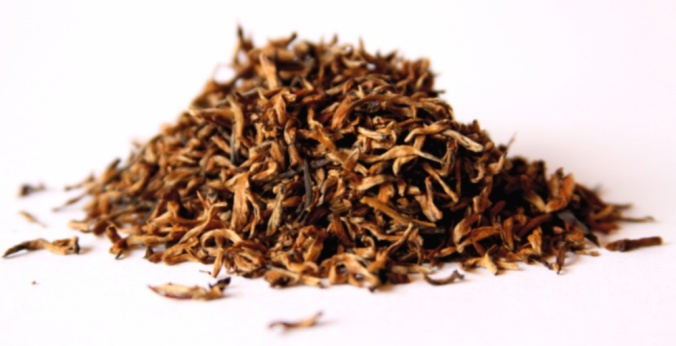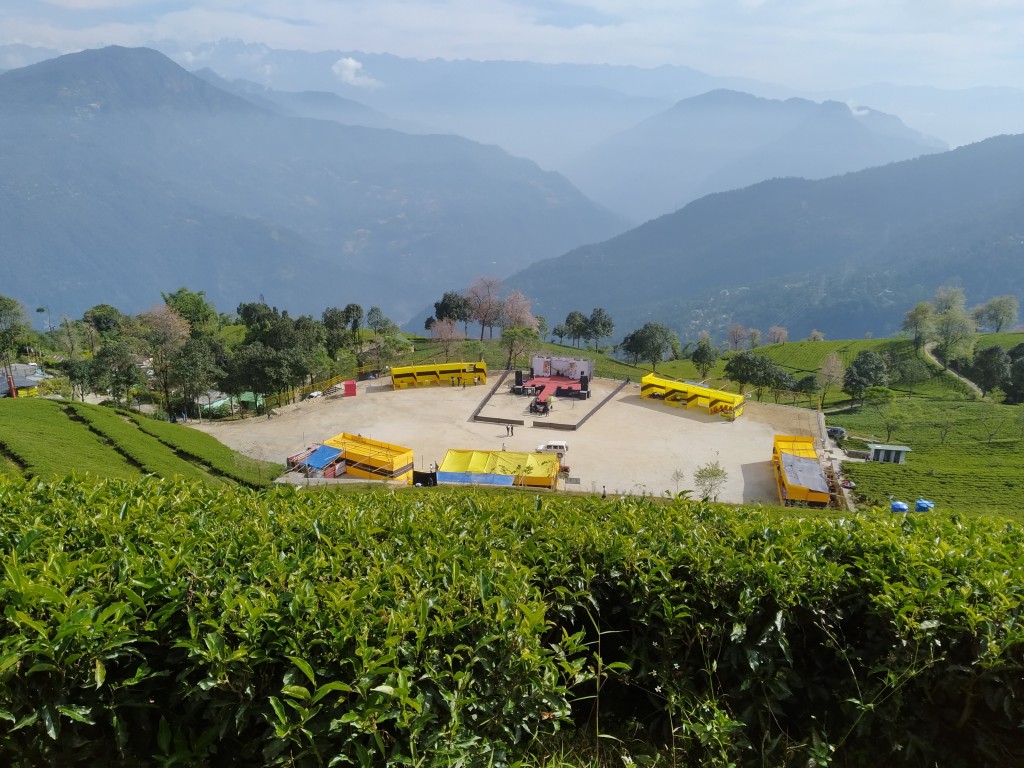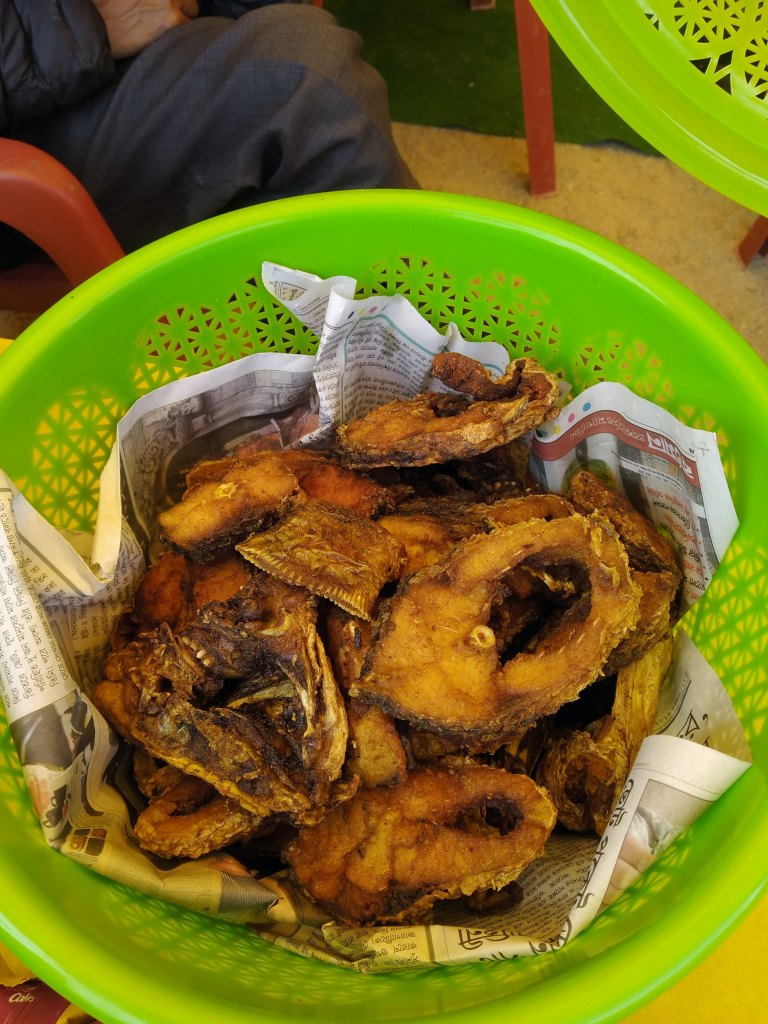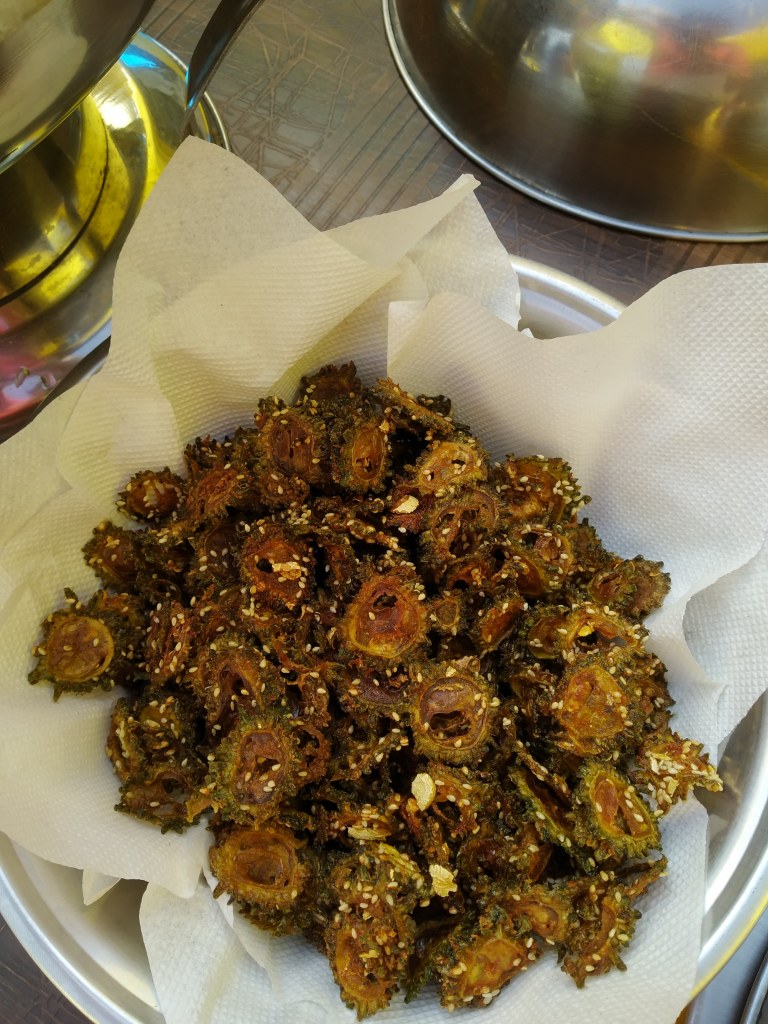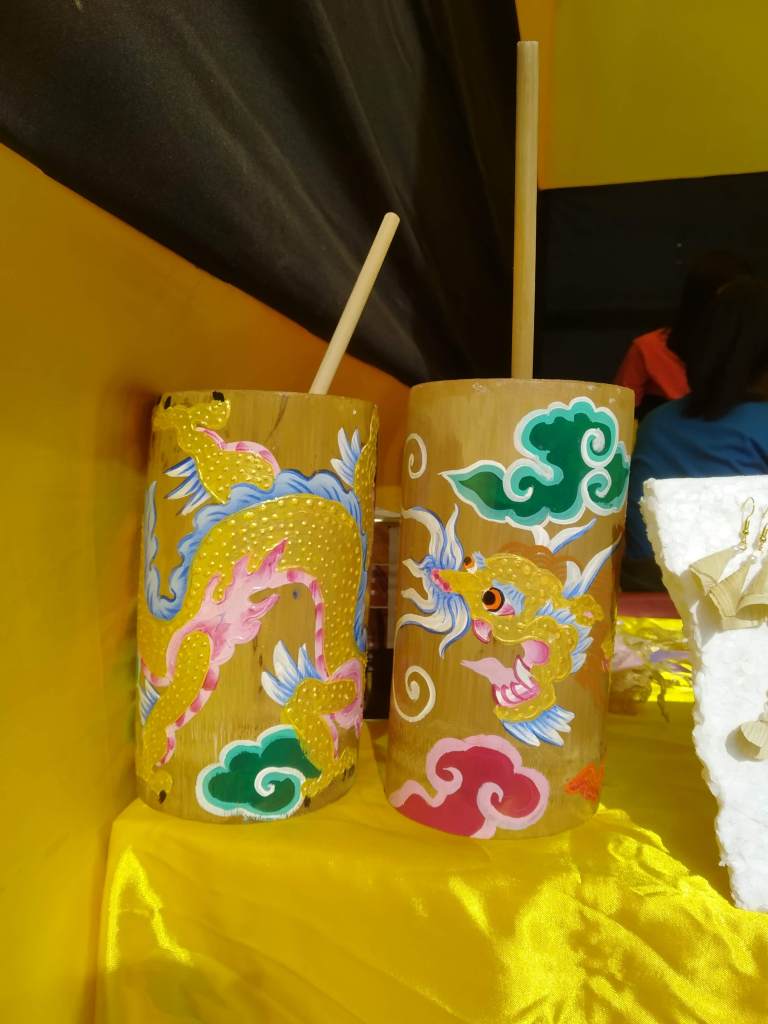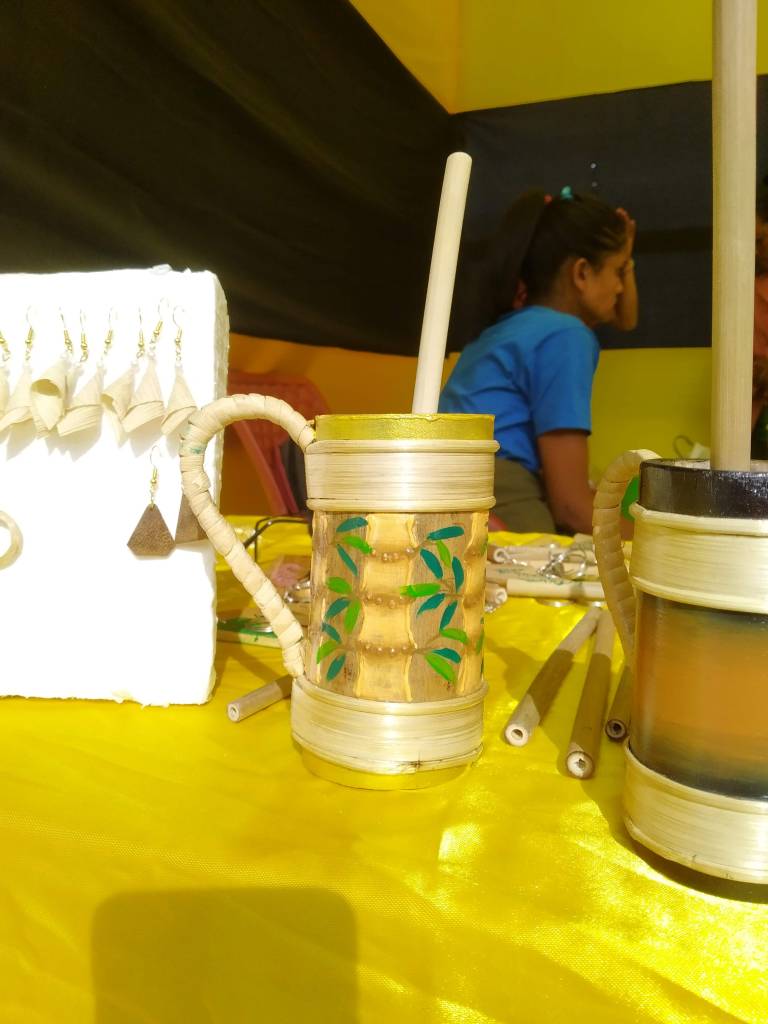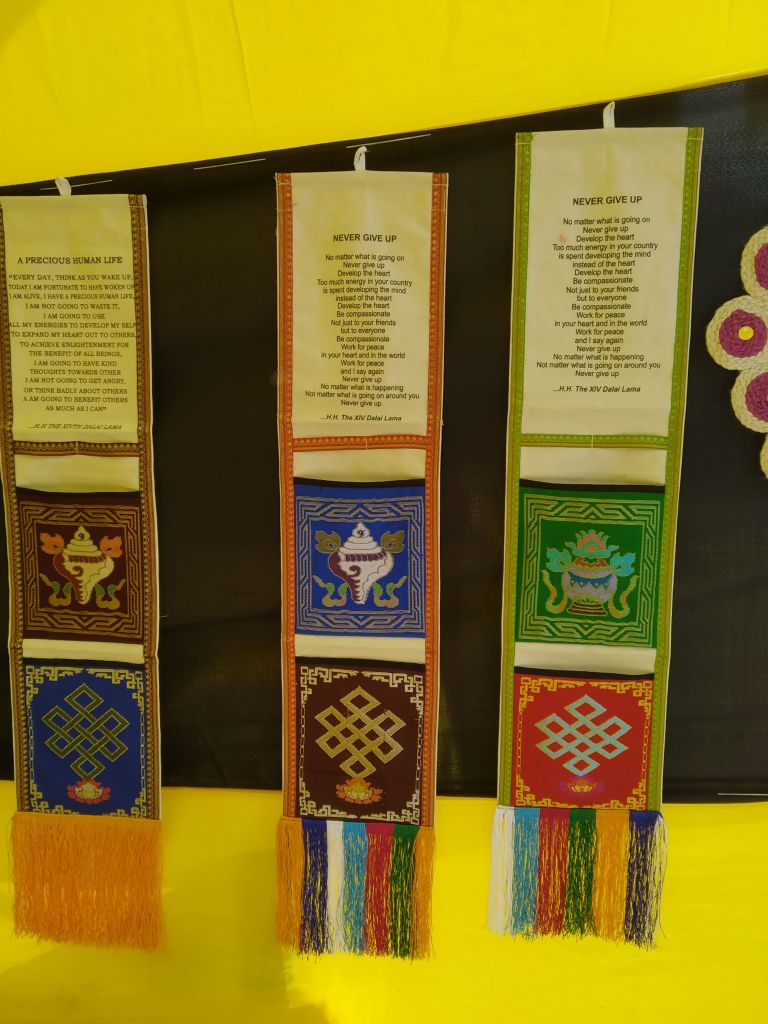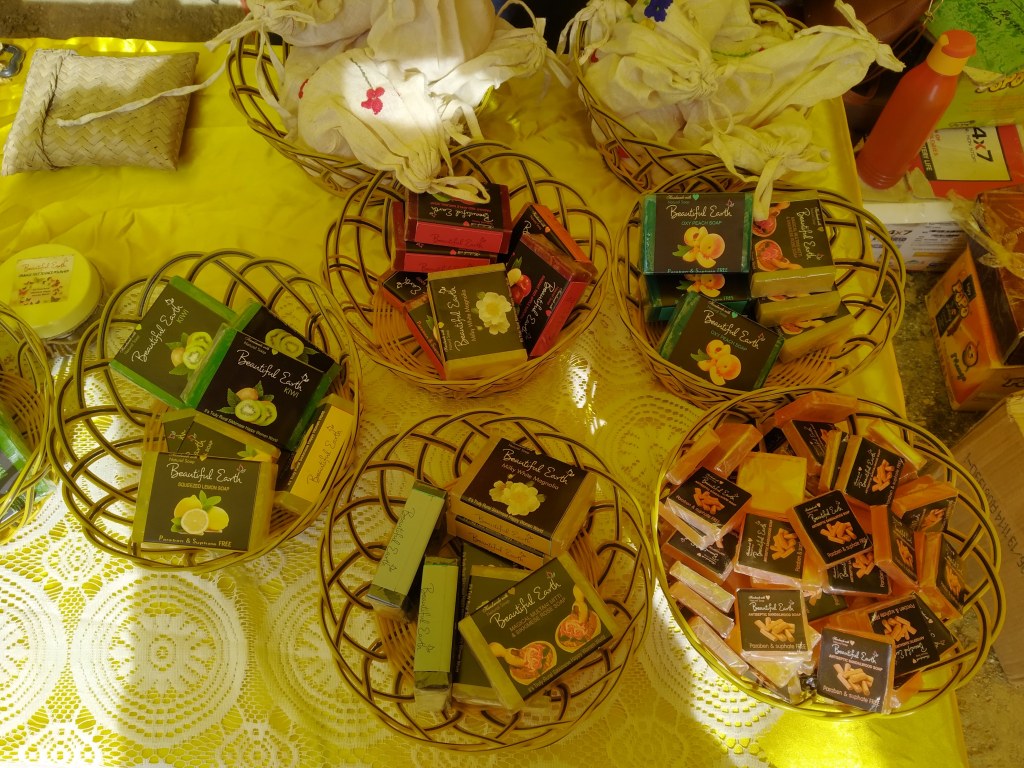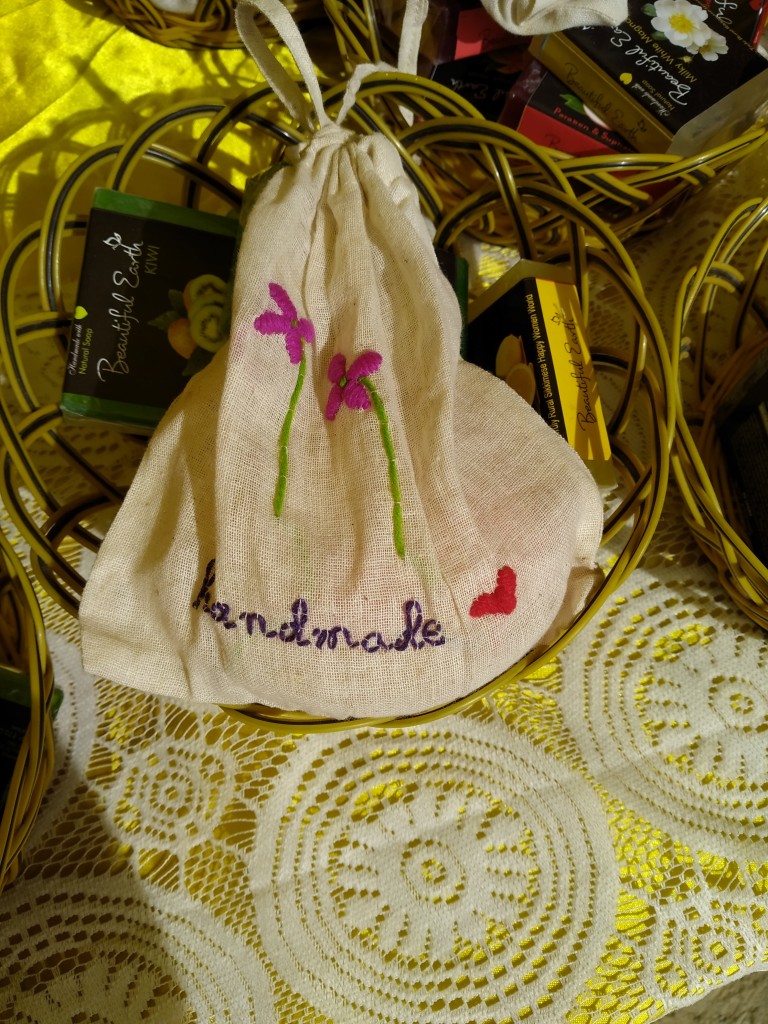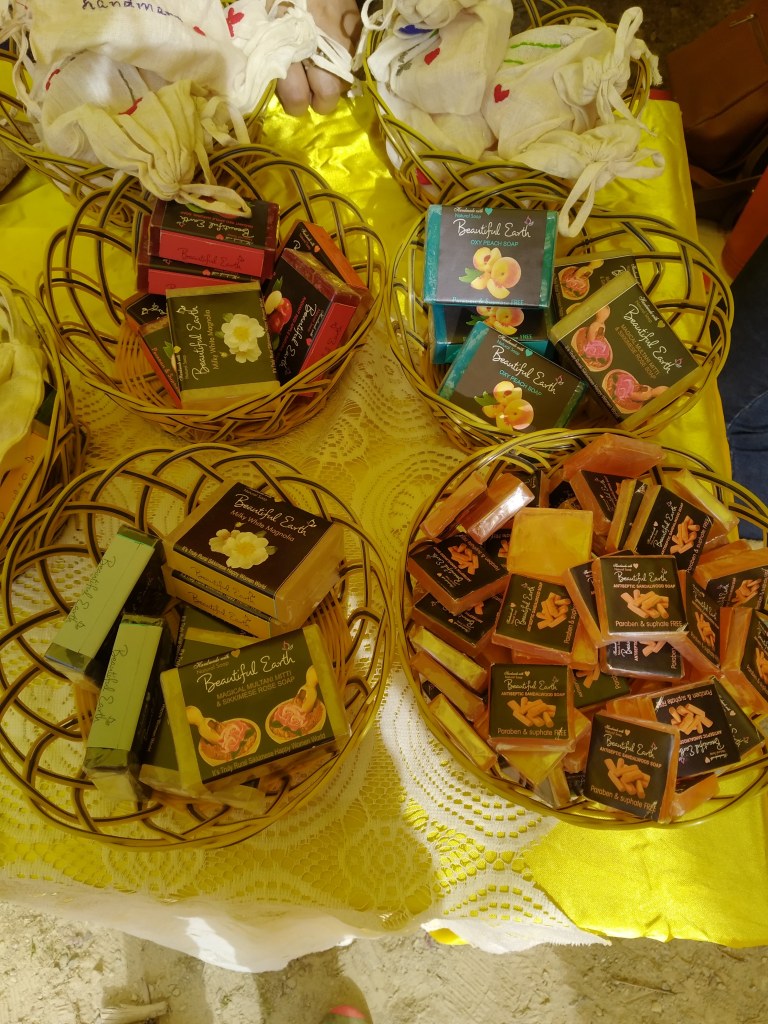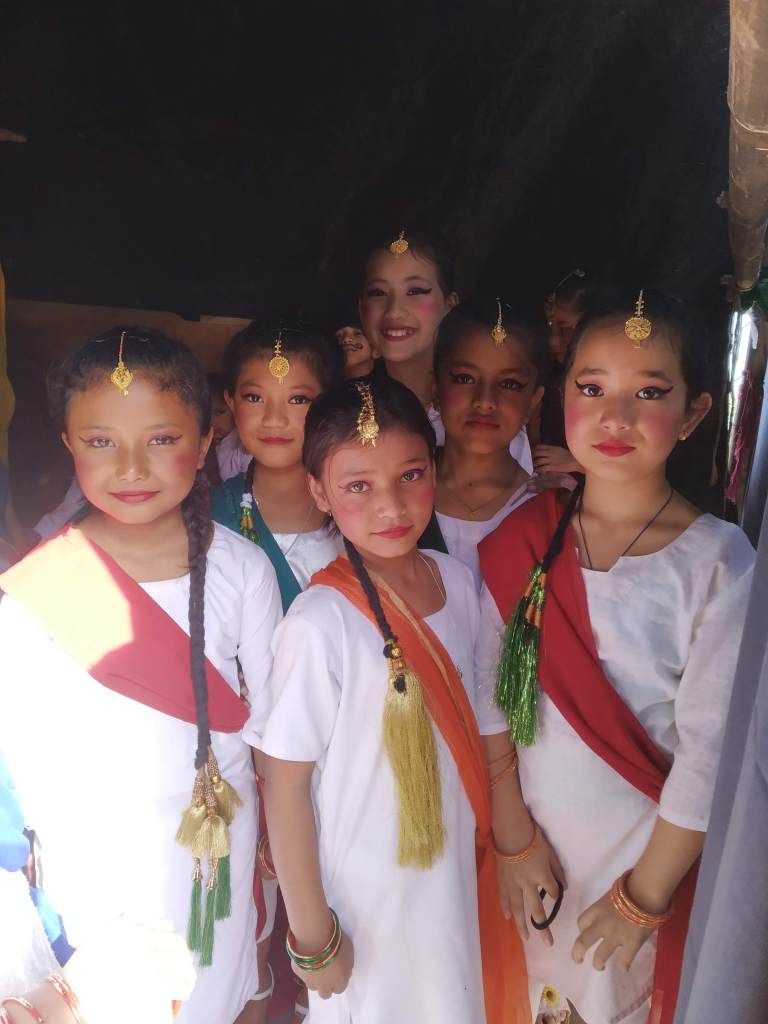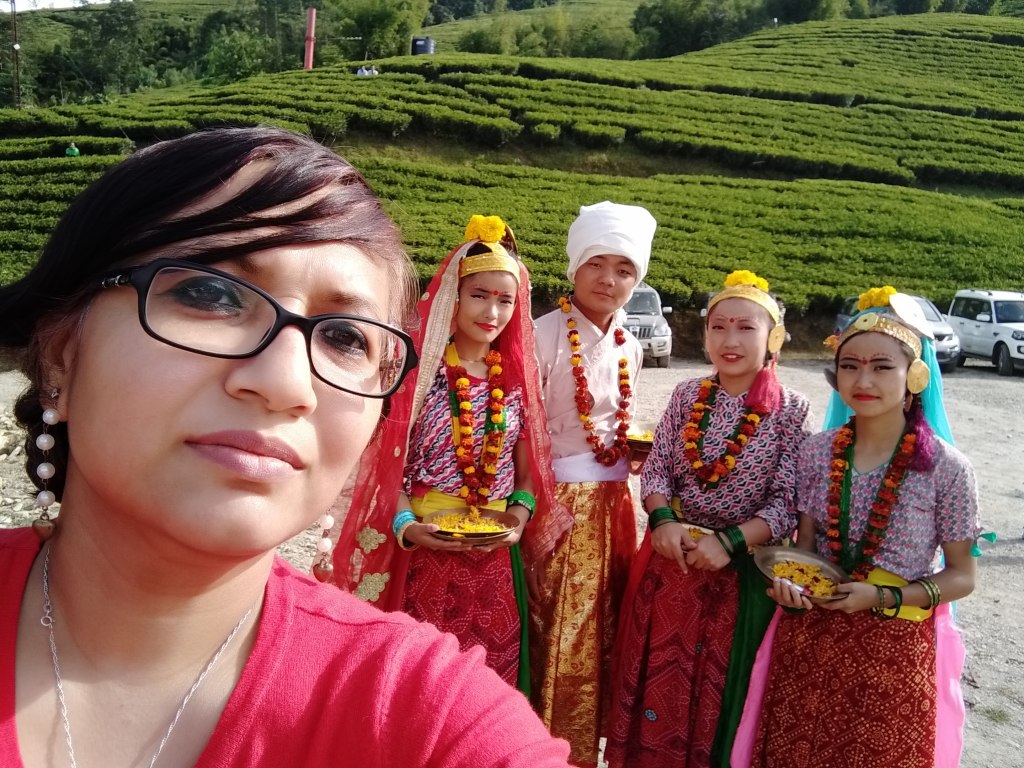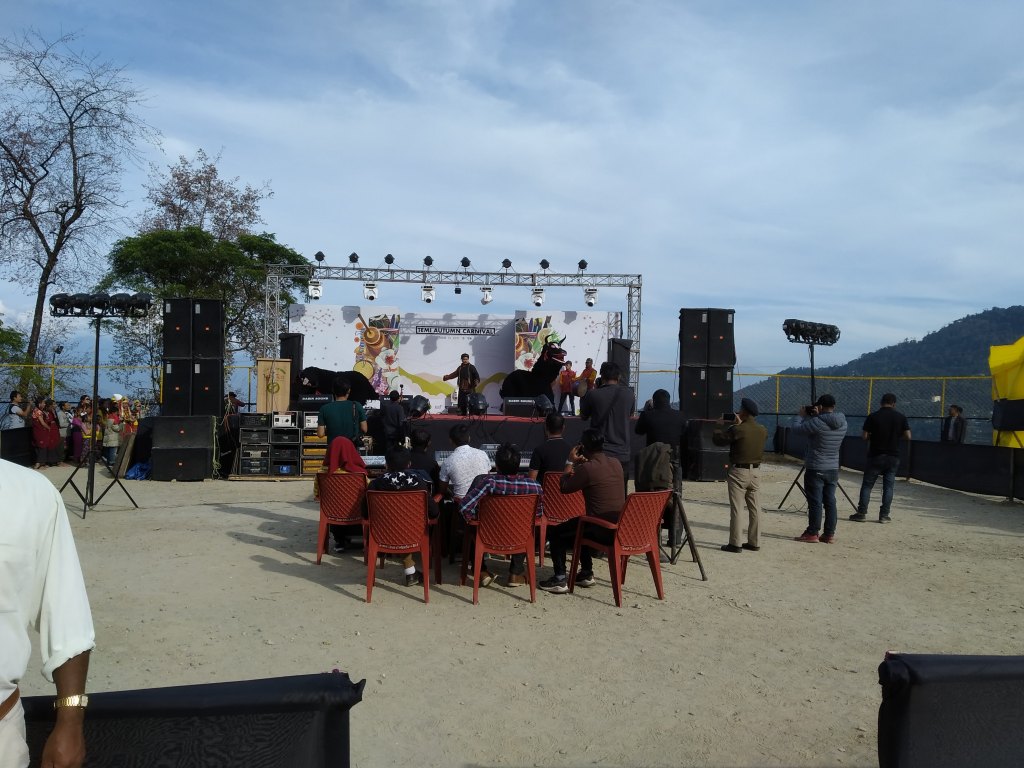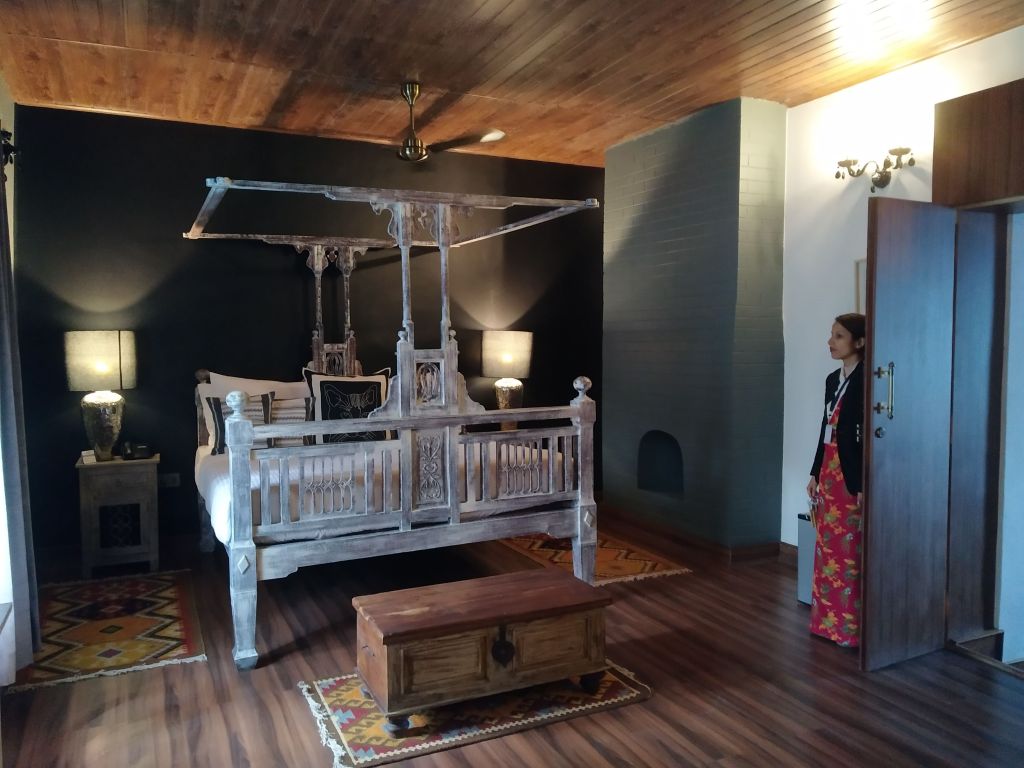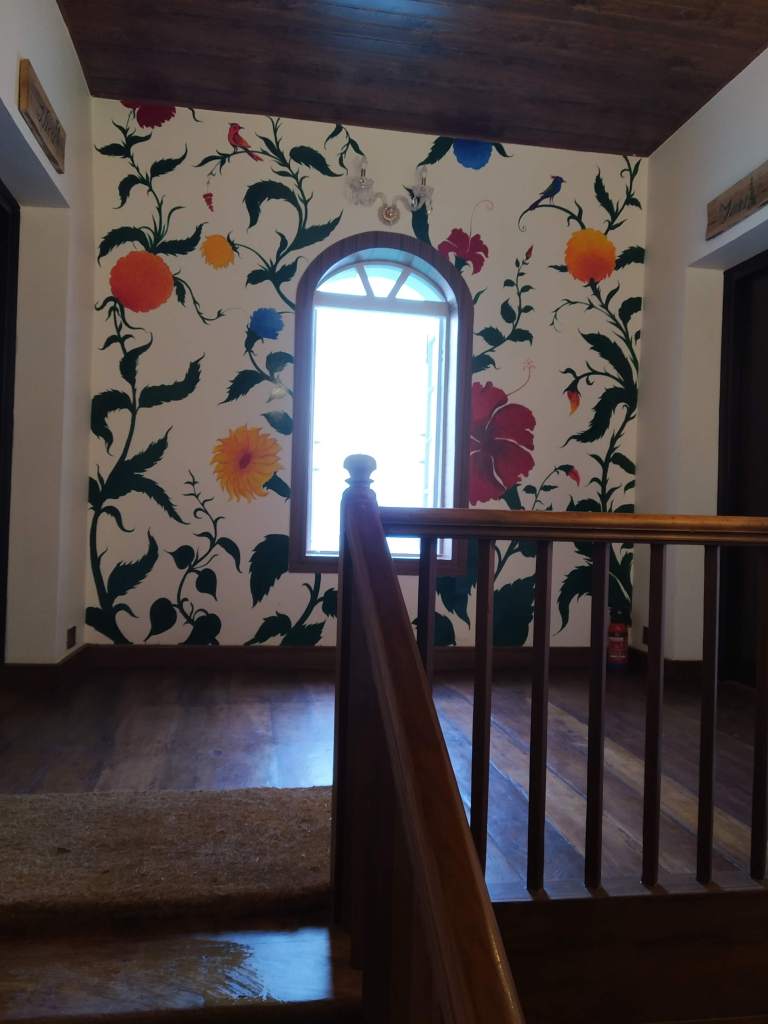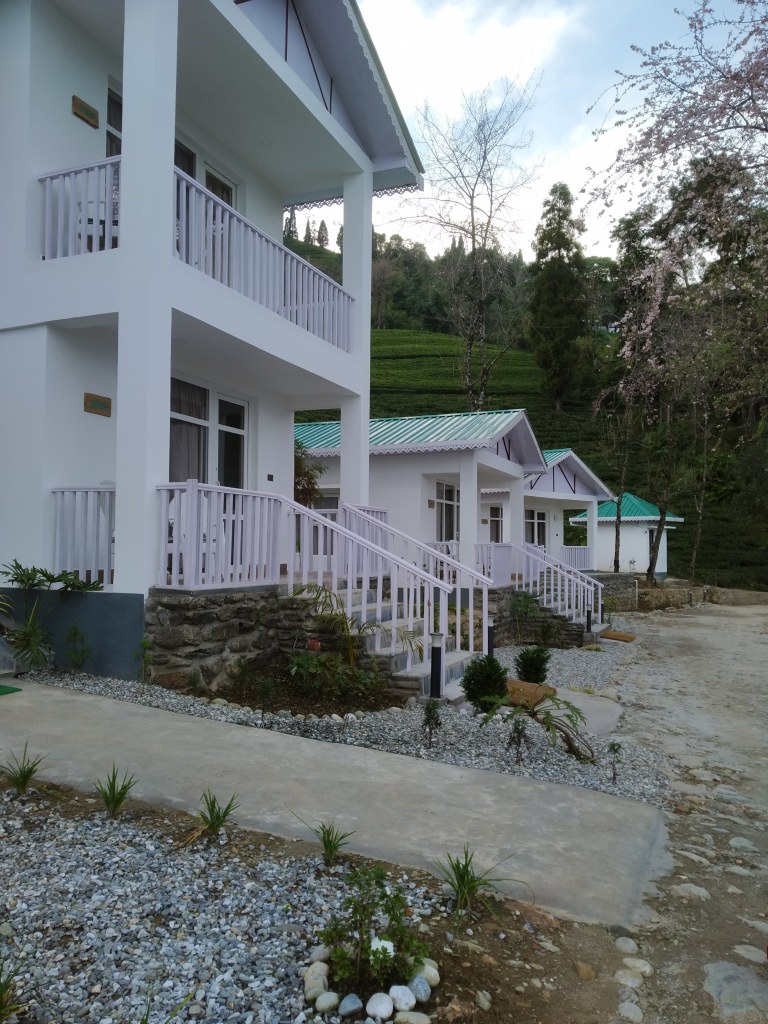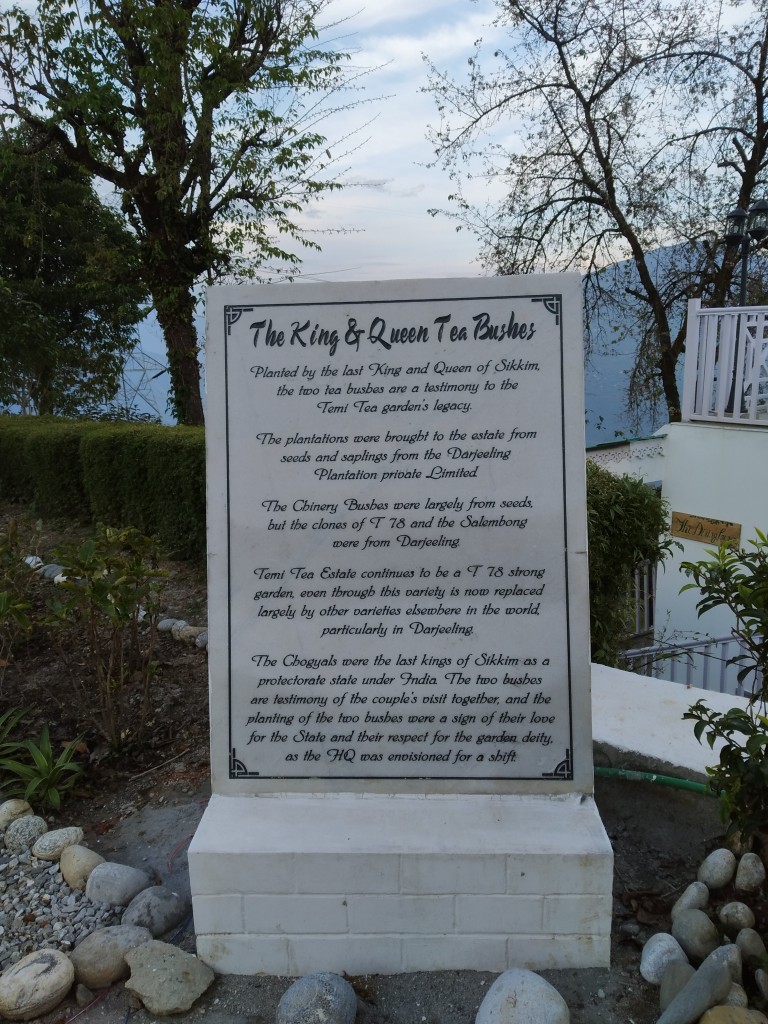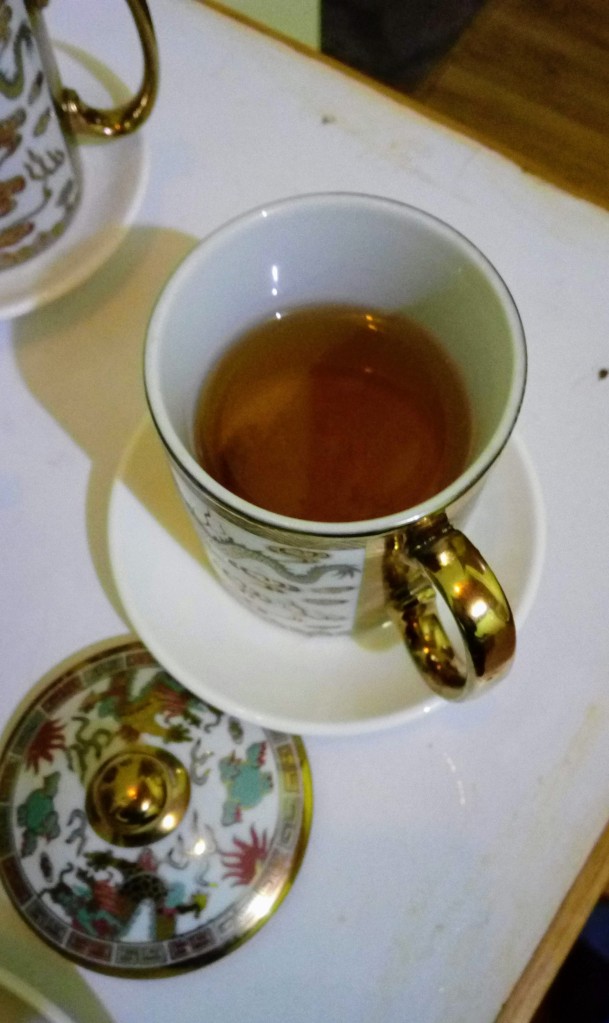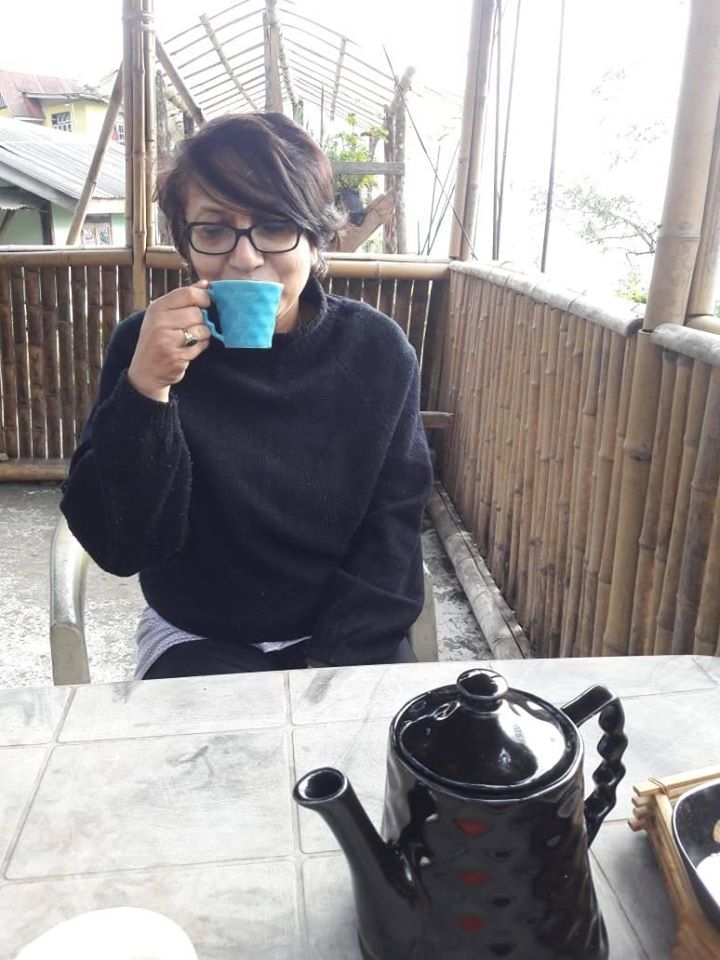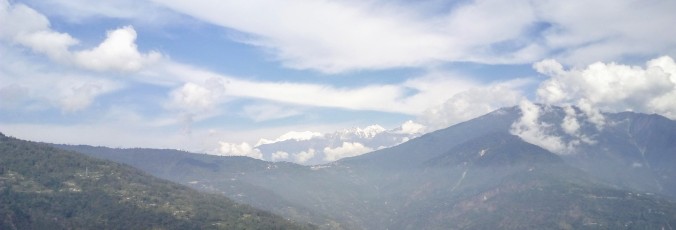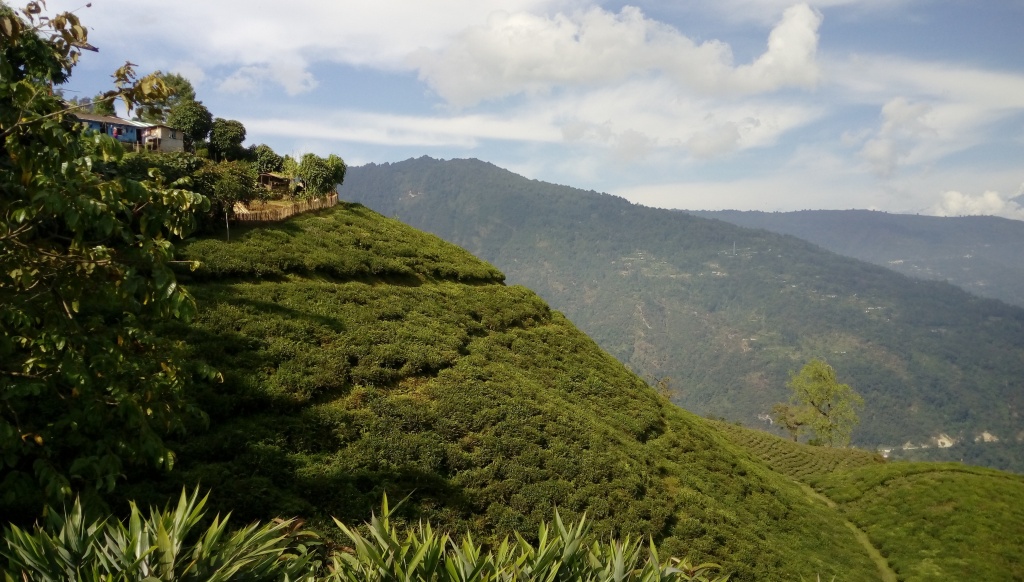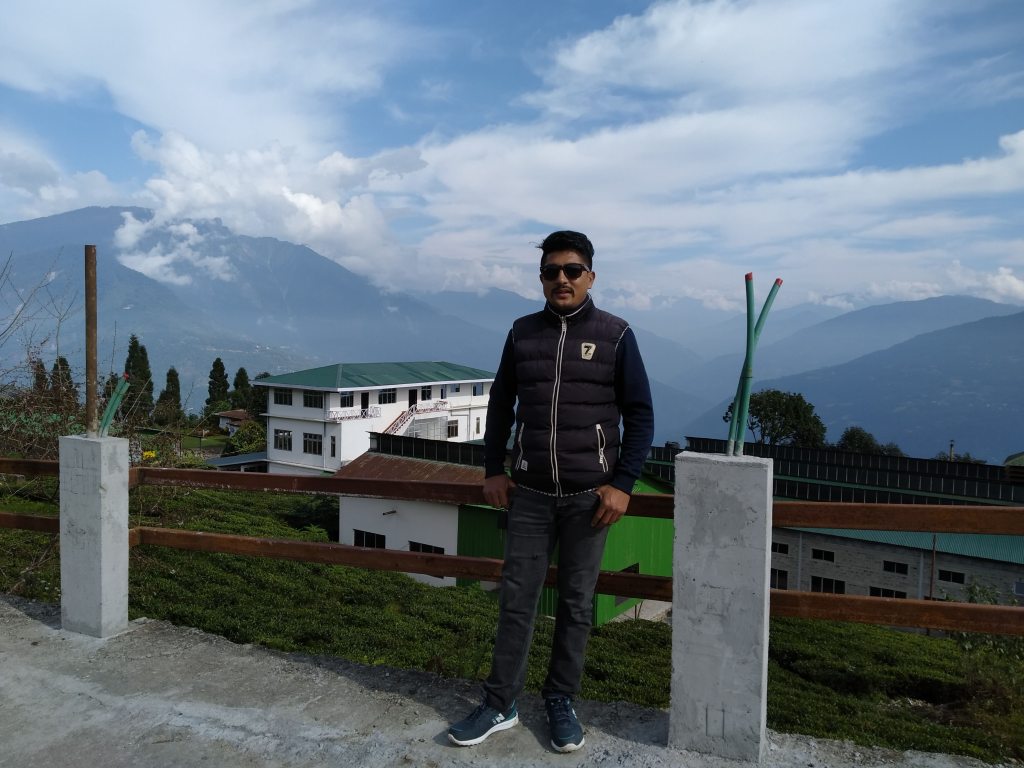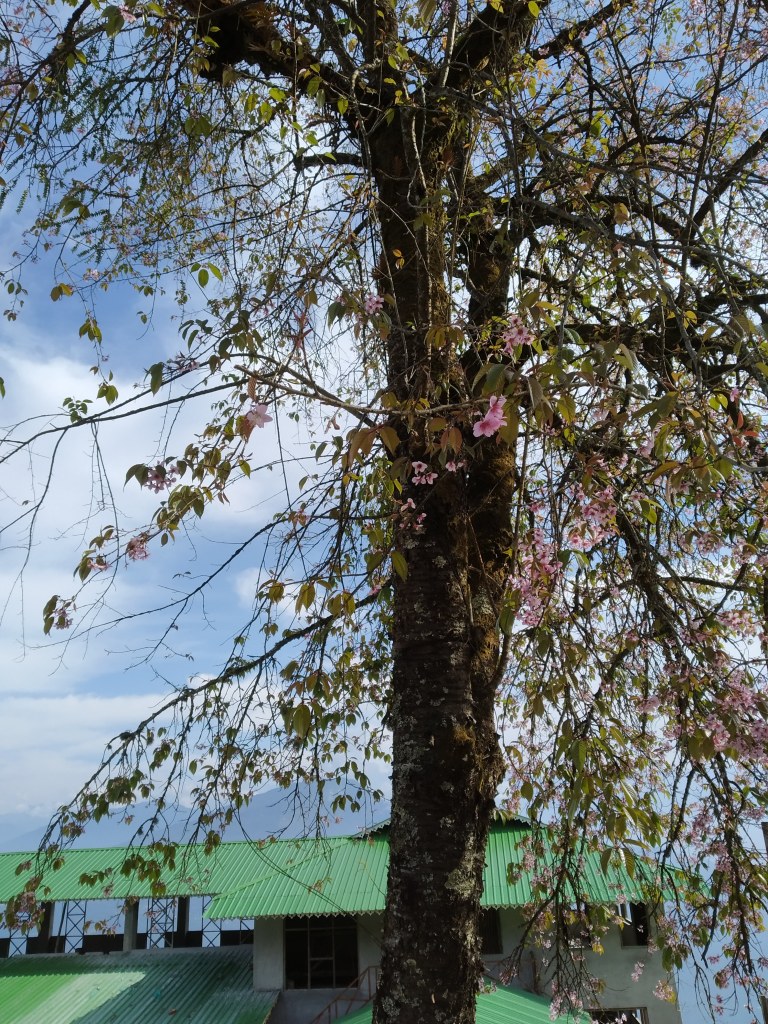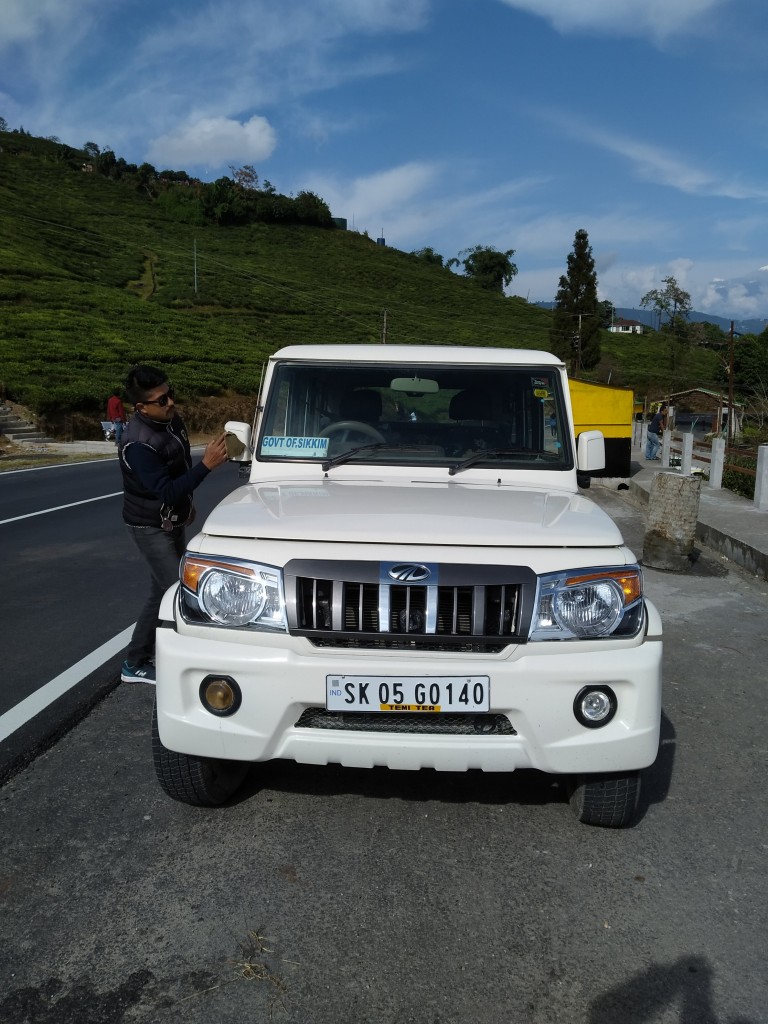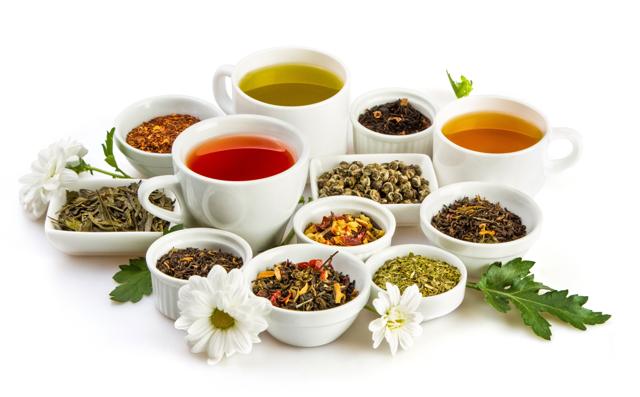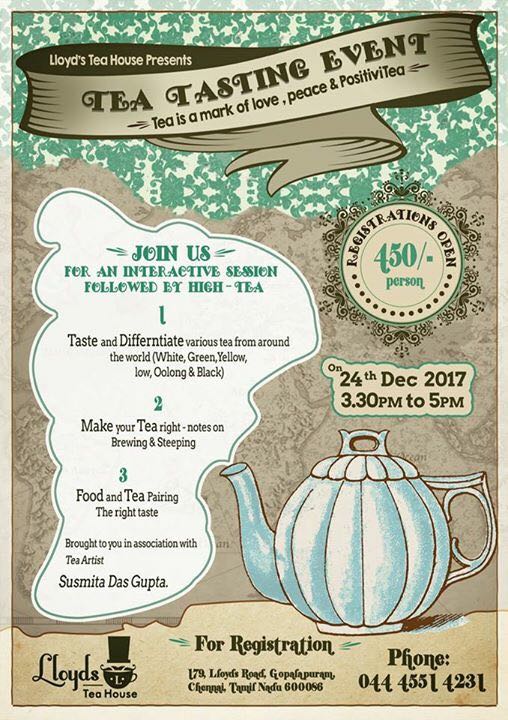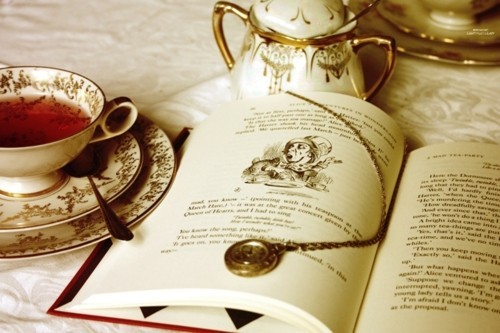“All journeys have secret destinations of which the traveller is unaware.” Martin Buber.
A part of ancient landscape of Southern India, Nilgiris, which literally means the ‘Blue Mountain’, is known for its spectacular natural beauty, amazing wildlife, indigenous and ethnic people and tea!
Though Ooty, the quintessential Indian honeymoon destination is more widely known, Coonoor that lies just 18 kilometer away, is a quiet picturesque town that has put Nilgiris on the world map for its tea.
Every year more than 3 million tourists visit Ooty from various parts of the world, but not many of them are aware of its local legacy – Tea – and what it can offer to an enthusiastic and adventurous traveller who is willing to explore and experience.
Tea Tourism is a new concept that is slowly taking shape in the Indian hospitality domain. At the moment, tea tourism is confined to private tea estate bungalows which offer accommodation and promise a serene, quiet life for a few days away from the bustles of modern life.
Though this is a part of tea tourism, actual tea tourism is much bigger in concept and more inclusive and experiential. At Nilgiris, for example, one can indulge into all of the following activities or just pick one or two as they like:
Staying in a tea garden bungalow adds to the whole experience of your tea trail. However, if that is not what you want to do you can also opt for an accommodation nearby as per your budget and then plan your tea activities in a way that gives you the best immersive experience.
When at Nilgiris, I prefer to stay at a Tea Estate bungalow or at YWCA which is at Bedford area of Coonoor. Taj Gateway is just few minutes’ walk, and if you are a luxury traveler, then that is what I would suggest.
A typical tea trail can start with the factory walk where you get the first-hand experience of knowing and learning how some of the best Nilgiris teas are made.
The other thing I love to do is to actually have a picnic within a tea garden; you can spend time reading, relaxing, bird or butterfly watching or simply being in the vast expanse of green all around you. Couple of hours there and it truly soothes my tired soul.
Trekking and walking along the small pathways inside the tea garden is also an exciting activity. I also like to go plucking with the women tea pluckers who I always find very welcoming and smiling in spite of their very hard life. Tea plucking gives you a perspective about the life of a tea plucker, while at the same time it puts you right in the middle of so many women workers who are perhaps the only bread earners in their family. Tea industry employs the highest number of women as compared to any industry in the country.
Sunrise and sunsets are something that you can’t afford to miss while in the Blue Mountain. Your morning tea actually tastes better with the rising sun in the horizon. Believe me!
The Niligirs is also home to some very well-known tribes of India. The Badagas, whose village is just a diversion away on the Ooty – Emerald lake route – are the most hospitable and happy people that I have every met! (They are officially the Second most hospitable tribes in the world.) They have a unique dance routine where elders and youngsters come together and dance to the tune of their drum and other indigenous instruments. Join them in their dance – they love it. Half a day at their village is a good investment of your time.
The Nilgiris is part of the Nilgiris Biosphere – so don’t be surprised if you see a herd of bison crossing the tea estate quietly or a family of elephants giving you a welcoming nod when you are riding on the world heritage Blue Mountain Railways. The Blue Mountain Railways came into existence in 1908, so if you are taking a joy ride in it – you are becoming a part of an eventful history for life.
Nilgiris is known for many specialty teas. The orthodox / whole leaf tea is a GI registered, like Darjeeling Tea, Basmati Rice or Rossgulla. There are many notable tea factories all across the Nilgiris, a few of them would be Glendale, Chamraj, Thiashola, Craigmore, Tiger Hill.. Thiashola is the oldest tea garden in the Nilgiris (established in 1854) and comes with a very interesting history – when started the garden and factory were completely manned by Chinese prisoners of the Opium War brought over by the British since they believed all Chinese knew how to grow and make tea!
Korakundah, a part of the Chamraj Tea, is the highest tea estate in the country. It’s situated at an altitude of 7920 feet!
Any factory you visit, don’t forget to experience the Tea Tasting session. A Tea Appreciation session can also be organized if there is enough number of guests. The tea appreciation program also teaches you on how to identify and buy the fine Nilgiri teas and how to brew and steep them.
Nilgiris have an excellent ecosystem of small farmers whose hand-rolled and handcrafted teas are world-famous. Try them!
Nilgiris produce tea throughout the year and its nice mild weather makes it a wonderful perennial destination.
Did you know that chocolate makes one of the best pairing with most teas? Well, no wonder Ooty is famous for its chocolates and chocolate factories.
Teas to try from The Nilgiris:
- White Tea
- Green Teas
- Oolong
- Black
- Winter Frost
- And various other whole-leaf blends
How to reach Coonoor:
Option 1 : Fly into Bangalore International airport and then drive down to Coonoor. This will take about 6 hours.
Option 2: Fly into Coimbatore and Coonoor is just a 2 hours’ drive.
For Tea Tourism inquiry, please write to itsourcuppatea@gmail.com


